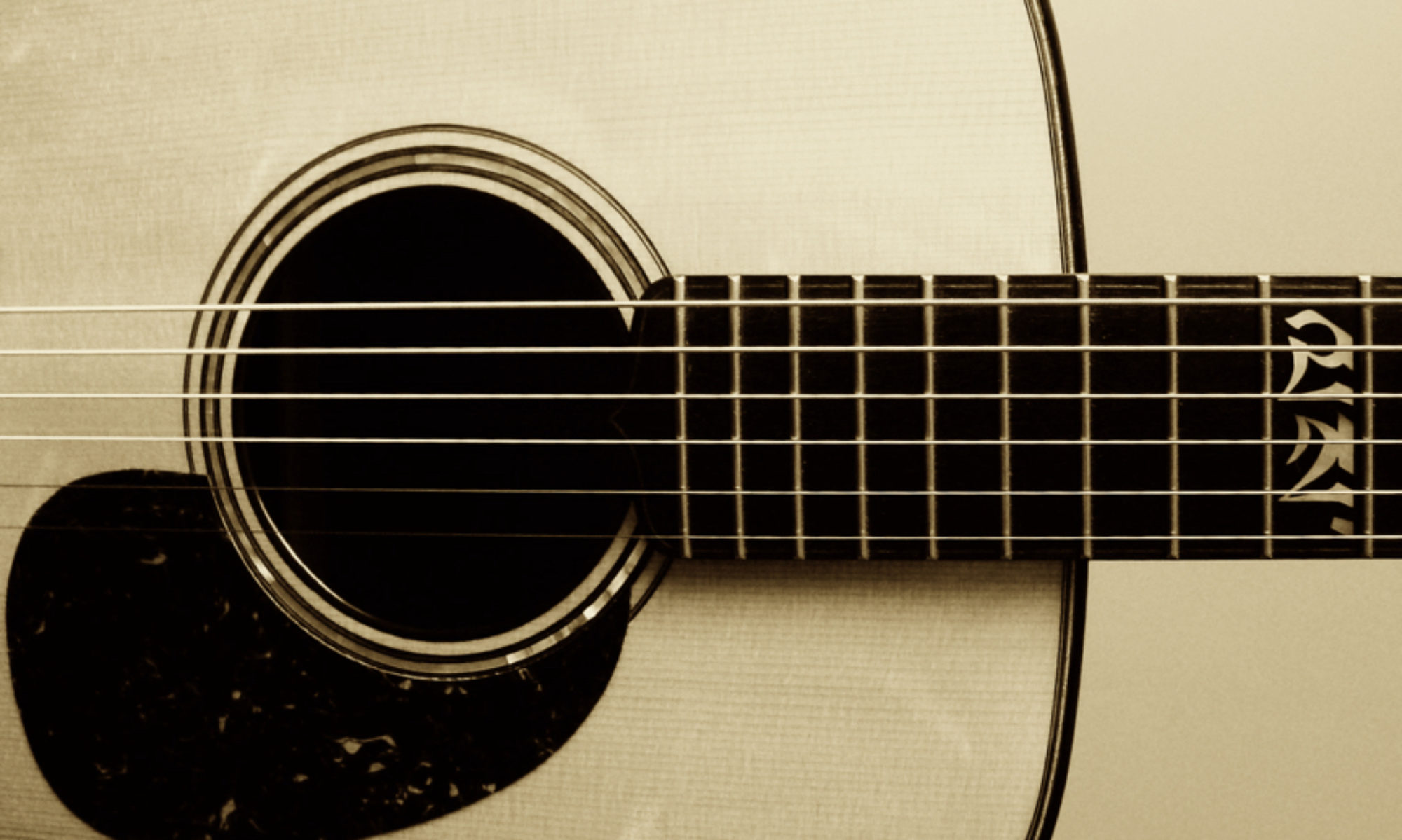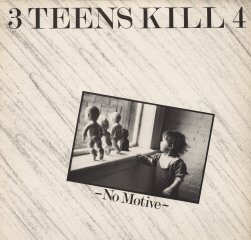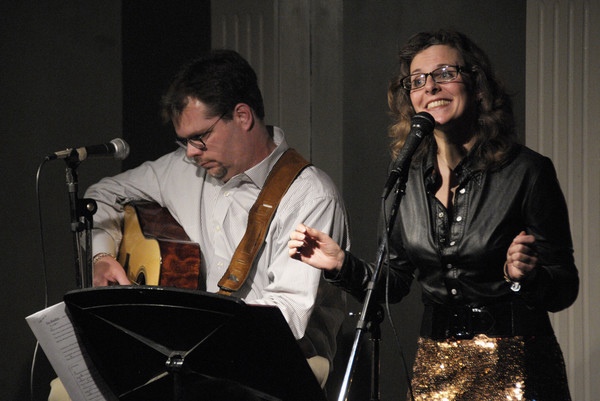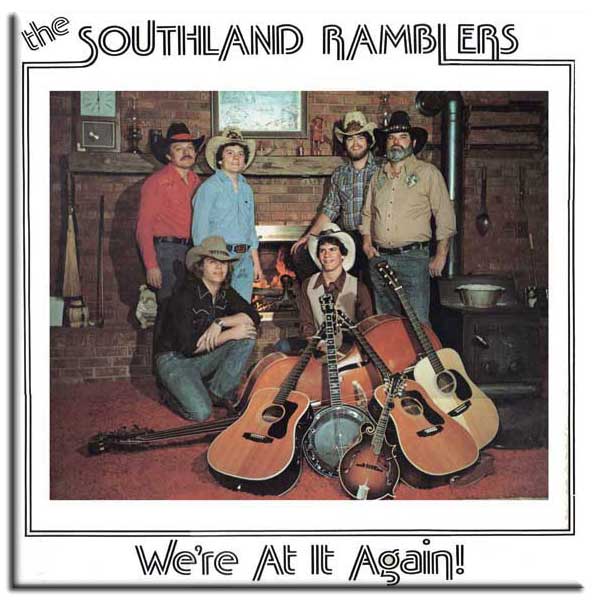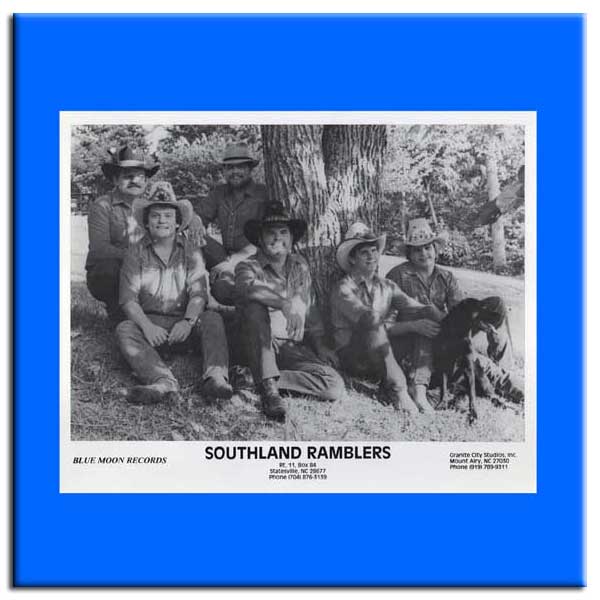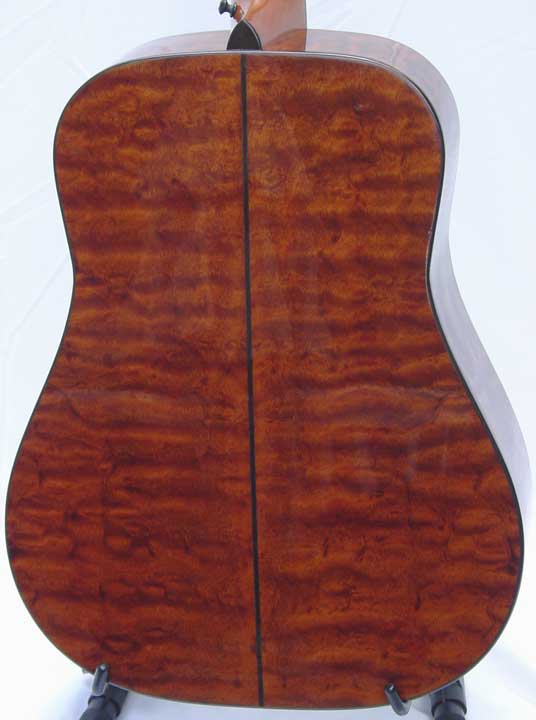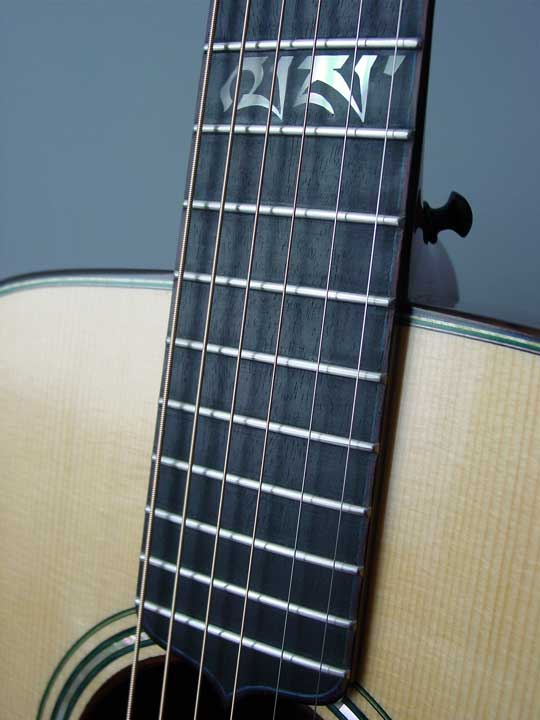During my brief run with 3 Teens Kill 4 at the Howl Festival, I overheard some backstage murmurs about the possibility of another show. Shortly before Christmas, I got the call. Actually, it was an email, but you know what I’m saying.
The Brooklyn Museum is currently running a show that includes a piece by David Wojnarowicz, who, as I mentioned in my previous post, was a founding member of the Teens. Through some series of events outside my purview, the museum contacted the band and invited them to play at their First Saturday event on January 7. And so, first week of the New Year, back to Funkadelic we went.
Quite a few changes were in store as Jesse Hultberg, one of the band’s lead singers, who now makes his home in France, would not be available this time around. There was a lot of work to be done. Some songs were scrapped from the set, others added, instruments and vocal parts were swapped, and new arrangements were ironed out. Guest performers were added to the lineup, including Joe Keady on tuba and Lovestruck‘s Anne Rassmussen on guitar and vocals.

The biggest change for The In Peace and War Choir was on the song Fisherman. During the Howl shows, lead vocals had been performed by friend of the band Antony Hegarty, of Antony and the Johnsons. For the Museum show, all the vocals were enitrely turned over to us. Over the course of the week we tried several different ideas and eventually settled on an arrangement that had the lead shared more-or-less equally among the three of us as the harmonies shifted back and forth from unison to two-part and three-part lines. It came together nicely in the end.
******
When we arrived at the Museum on the night of the show Melissa Ferrick, the first performer of the evening, was in full swing. This gave us an opportunity to get some idea of the acoustics of the room; the shows take place in a glass pavilion at the museum entrance, and we were none to sure of what kind of sound quality to expect. Surprisingly not bad from the audience perspective.
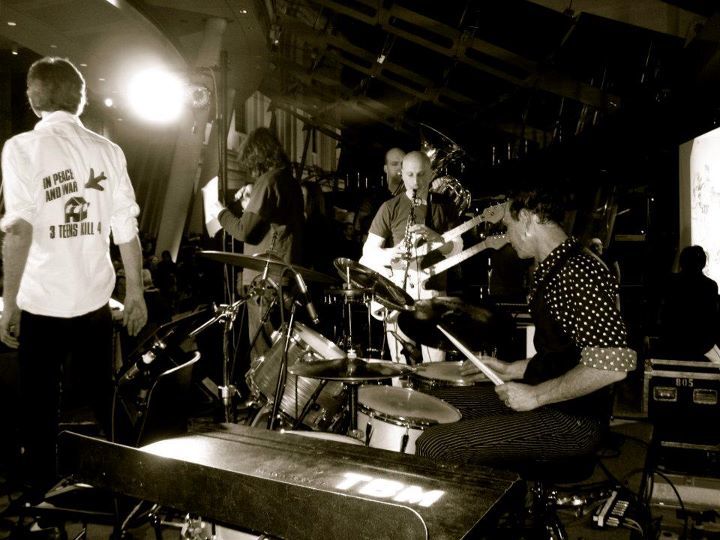
From the stage, though, it was a different story altogether. Our set started at 9, and from the very first note it was clear that we were going to hear nothing more than a thunderous roar on the stage. Despite a good soundcheck during which we could hear fairly well, once the room filled up and we launched into the show the sound just bounced around and became a mush for us. Wives and friends in attendance assure us that the sound out in the room was good, though, and of course that’s the main concern.

For the moment, I think this is the end of the line for the Teens and the In Peace and War Choir. Hopefully something new will crop up in the future and we can do it all again. It’s been a fun ride.
